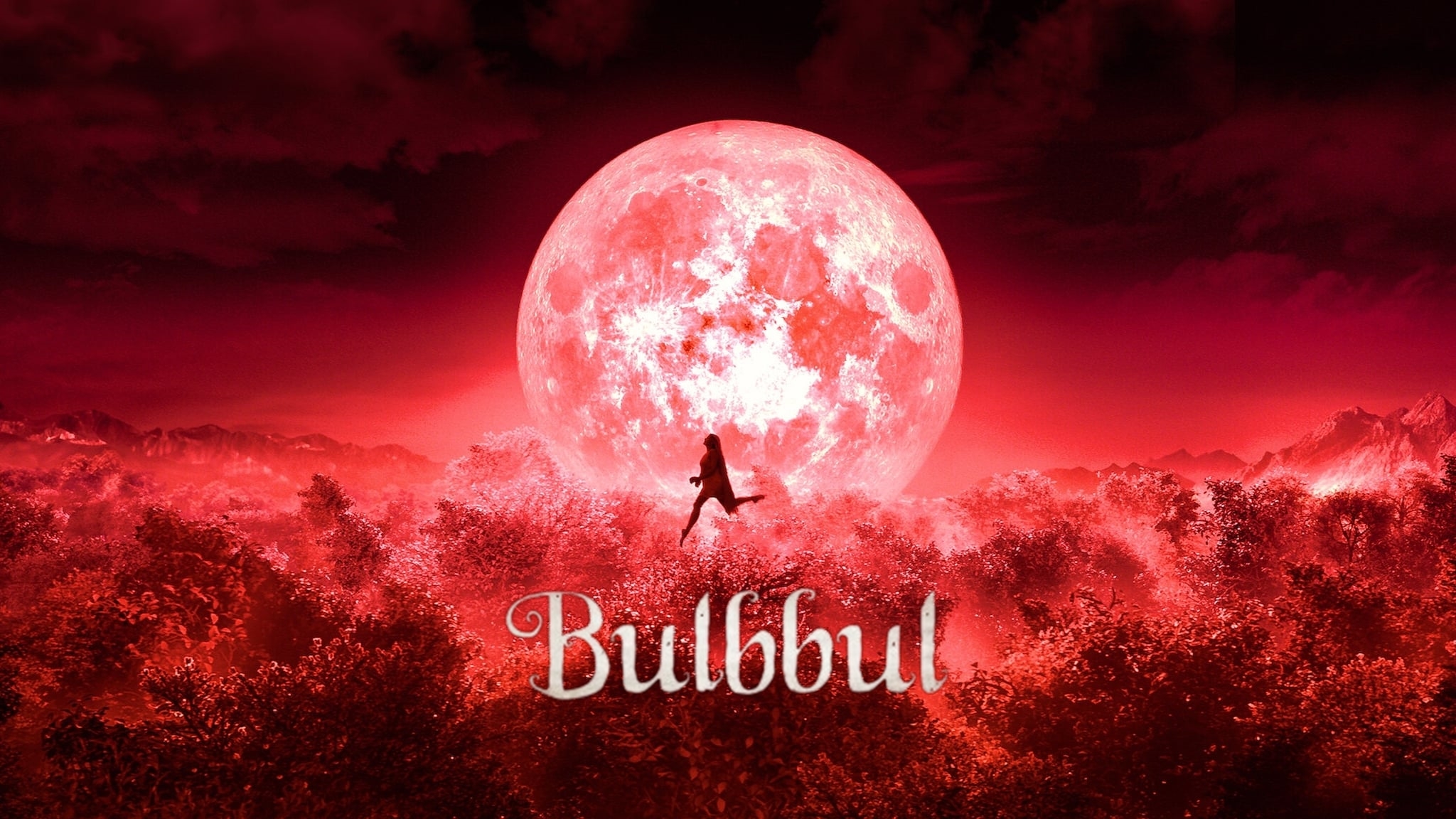Bulbbul
‘It was innocent,’ said my friend of the relationship between two characters that forms the crux of Bulbbul. Innocence, to me at least, is subjective. What is innocent to one person could be insidious to another. A lot of the friendships we make outside of our gender in our teens are viewed with suspicion, just to quote an example. There is always something kaala in the dal that is the friendship. The sight of the kaala in the dal through the eyes of one of the characters of Bulbbul is what lays bare the narrative, but it’s a case of too little, too late in the otherwise comfortably-timed film. The film is set over twenty years, from 1881 to 1901, in the Bengal Presidency of British India. Pondering over it now, it’s not just the protagonist that comes of age through the course of it but also the country, after years of pillaging by the powers that be. And like the country, her growing up coincides with a desire to break off the shackles placed on her.

When a film comes to that, it ends up leaving one clutching at straws. One such straw was Tripti Dimri’s performance. Equal parts toned-down and temperamental, Tripti essentially saves the film from becoming just a series of interesting images with a catchy concept behind them. She captures the innocence (no wonder the character is named Bulbbul, or Bulbul, whichever you prefer) and the cheekiness of the character equally well.
Of the remaining cast, Pauli Dam stands out for her portrayal of the film’s most complex character. Parambrata Chattopadhyay is sadly getting stuck in the mould of the “decent Bengali fellow” in Hindi films; that he manages to do something with the same old sketch each time speaks volumes of his acting ability.
Rahul Bose is in fine form in a double role, but Avinash Tiwary is saddled with a character that has to do little more than being charming, and assertive, from time to time.
Like the Panchatantra tales we grew up with, the film too has something to say, and the messaging is not smashed on one’s head. Instead, it is weaved into the screenplay seamlessly, and it is one of the major positives of the film.
What Bulbbul needed was a tighter, more rounded screenplay. Anvita Dutt knows her way around setting up a film without a doubt, and she evokes folklore with a certain ease. The film just needed to have more of that for it to pull through.


Very well written, Varun. I am so glad you are back at your desk, as it were. I think I will see the movie, based on your review.
LikeLike